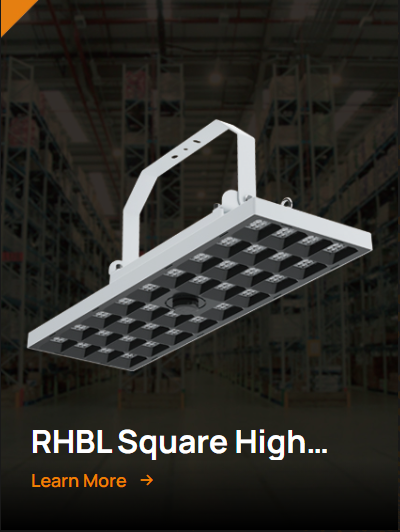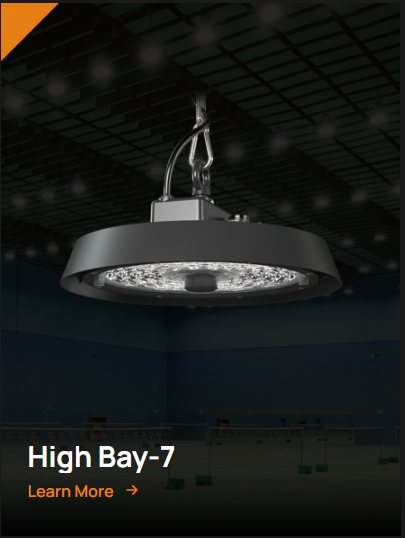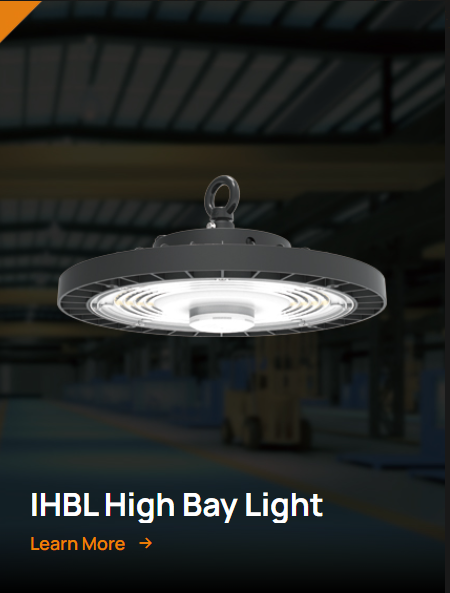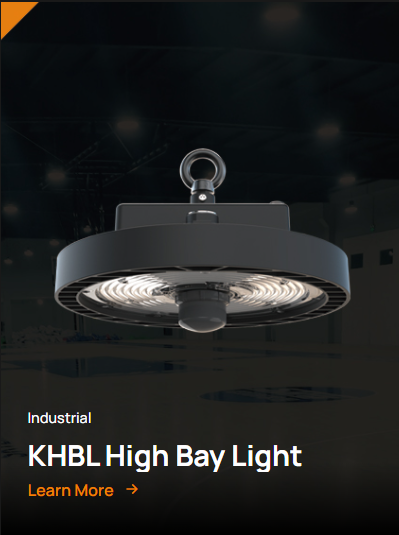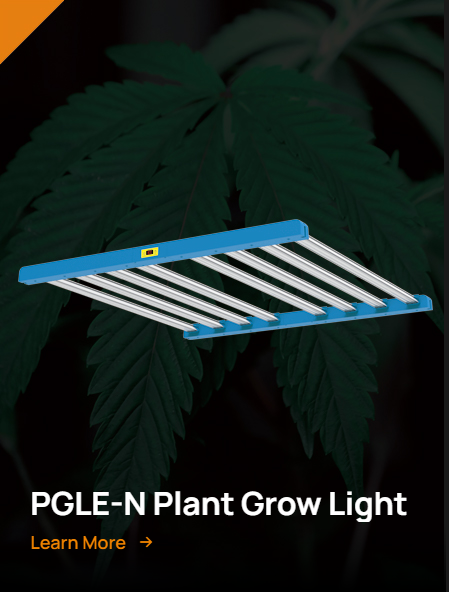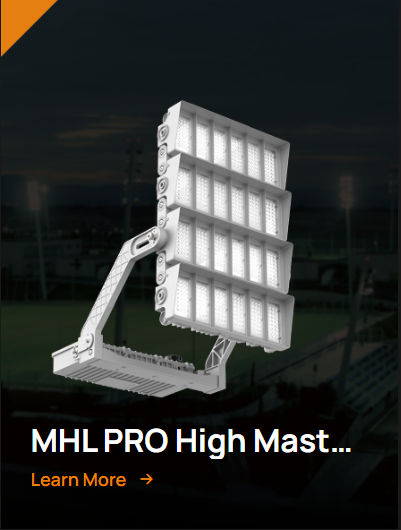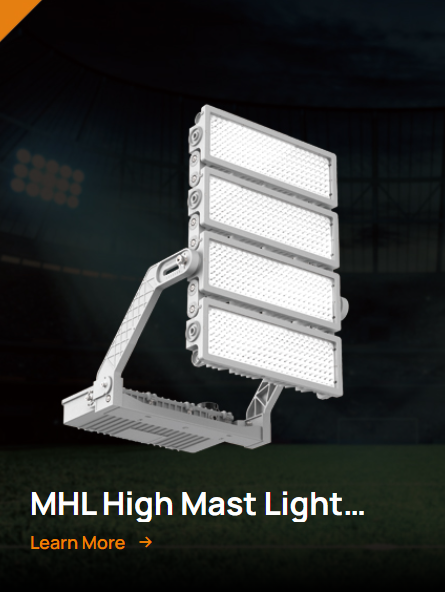How to Choose a Good LED Grow Light ?
In recent years, the popularity of indoor gardening has surged, with more and more people turning to LED grow lights to cultivate plants indoors. Whether you’re growing herbs, vegetables, or ornamental plants, choosing the right LED grow light is crucial for the success of your indoor garden. Here are some key factors to consider when selecting a good LED grow light.
1. Light Spectrum
Plants rely on specific light spectrums for photosynthesis and growth. A quality LED grow light should offer a balanced spectrum that includes blue (400-500 nm) and red (600-700 nm) wavelengths. Blue light is crucial during the vegetative phase as it stimulates leaf growth and overall plant structure. On the other hand, red light is essential during flowering and fruiting stages as it promotes flower and fruit development. Some advanced LED lights also incorporate UV and IR spectrums, which can further enhance plant growth, production, and quality.
2. Wattage and Coverage Area
The wattage of an LED grow light determines its power output and coverage area. Higher wattage lights typically cover larger areas and provide greater light intensity, which is beneficial for dense canopies and high-light-demanding plants. However, consider the size of your growing space and the light’s PAR (Photosynthetically Active Radiation) output to ensure adequate coverage without over or under lighting. Many manufacturers provide guidance on the recommended coverage area for each light model based on its wattage and PAR output.
3. Energy Efficiency
LED grow lights are renowned for their energy efficiency compared to traditional lighting systems like HPS or HID. Look for lights with a high efficacy rating (PPE or PAR Efficacy), which indicates how efficiently they convert electricity into usable light. Energy-efficient LEDs not only reduce electricity costs but also emit less heat, reducing the need for additional cooling systems and contributing to a more sustainable indoor gardening setup.
4. Heat Management
While LED grow lights produce less heat than conventional lighting, proper heat management is still essential to maintain optimal growing conditions and extend the light’s lifespan. Choose lights with efficient heat dissipation mechanisms such as aluminum heat sinks, internal fans, or passive cooling designs. These features help dissipate heat effectively, prevent overheating, and ensure consistent light output and longevity.
5. Durability and Lifespan
Investing in a durable LED grow light with a long lifespan is crucial for the longevity of your indoor garden. Quality lights are often built with robust materials, such as high-grade aluminum housings and tempered glass covers, to withstand the rigors of continuous operation. Look for lights from reputable brands with a track record of durability and reliability. Many manufacturers also offer warranties that cover defects and malfunctions, providing additional peace of mind.
6. Adjustable Settings
Flexibility in light intensity and spectrum settings can significantly benefit your indoor garden’s productivity. Opt for LED grow lights with adjustable settings that allow you to customize the light output according to your plants’ specific growth stages. Dimmable lights, programmable timers, and customizable spectral ratios enable you to mimic natural sunlight cycles, promoting healthier growth, and optimizing flowering and fruiting phases.
7. Reviews and Recommendations
Before making a purchase, research and read reviews from other indoor gardeners, horticulture experts, and reputable sources. Pay attention to feedback regarding light performance, reliability, customer service, and overall satisfaction. Positive reviews and recommendations can guide you towards reliable brands and models that align with your gardening goals and expectations.
8. Budget Considerations
Set a realistic budget based on your gardening needs, the size of your growing space, and the type of plants you intend to cultivate. While high-quality LED grow lights may have a higher upfront cost, they often deliver superior performance, energy efficiency, and longevity, making them a worthwhile investment for serious gardeners. Consider the long-term savings in electricity costs, reduced heat management expenses, and increased plant yield when evaluating the cost-effectiveness of different light options.
9. Additional Features
Explore LED grow lights with additional features that enhance usability and functionality. Built-in timers allow you to automate light cycles, promoting plant health and growth consistency. Remote controls enable convenient adjustments without disrupting your plants’ environment. Some lights also offer daisy-chaining capabilities for easy expansion and customization of your lighting setup. Consider these features based on your preferences and the complexity of your indoor gardening system.
10. Compatibility with Growing Setup
When selecting an LED grow light, make sure it aligns with your unique growing setup and cultivation methods. Take into account aspects like hanging height requirements and compatibility with control systems. Opt for lights that offer the flexibility to meet the varying light intensity and distance preferences of different plant species and growth stages. This ensures optimal plant development and productivity, especially when integrated with advanced control systems like programmable timers, dimmable settings, and remote control capabilities.
Conclusion
By carefully considering these factors—light spectrum, wattage and coverage area, energy efficiency, heat management, durability and lifespan, adjustable settings, reviews and recommendations, budget considerations, additional features, and compatibility with your growing setup—you can make an informed decision when choosing a quality LED grow light for your indoor garden.
